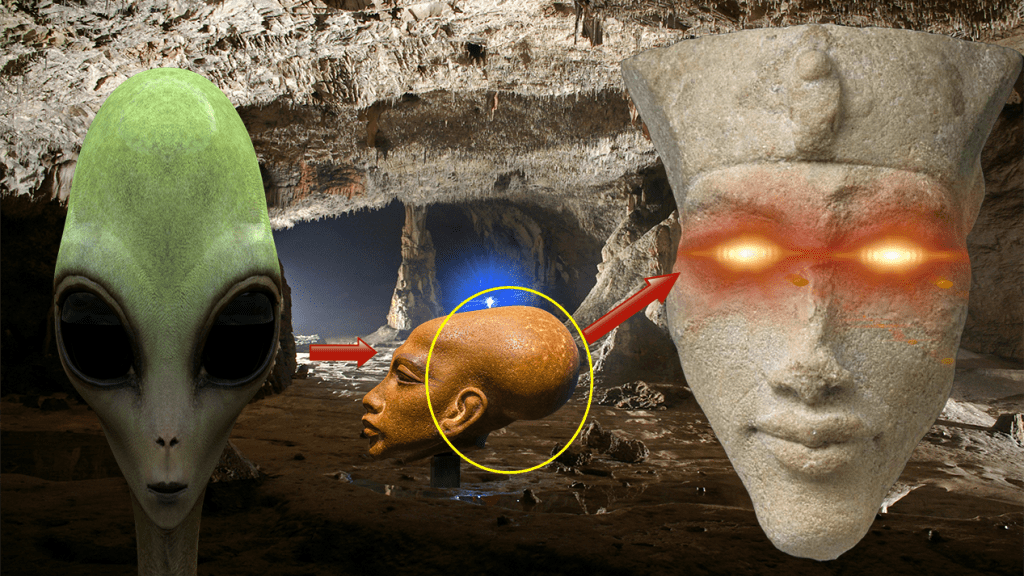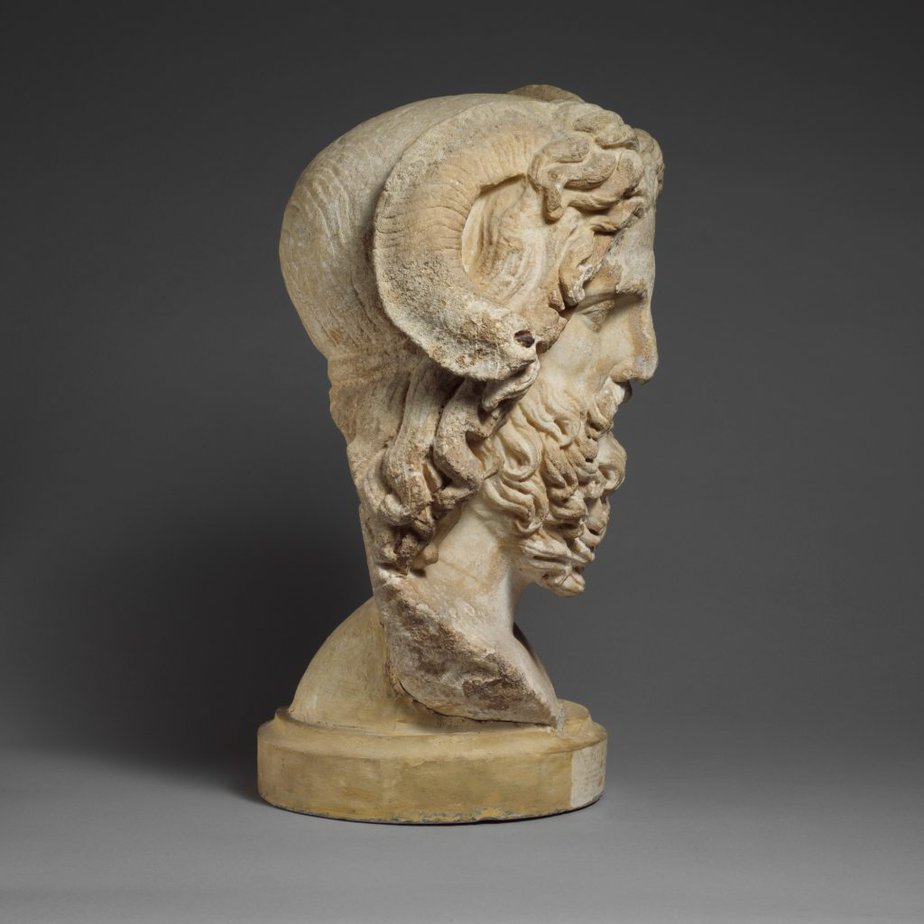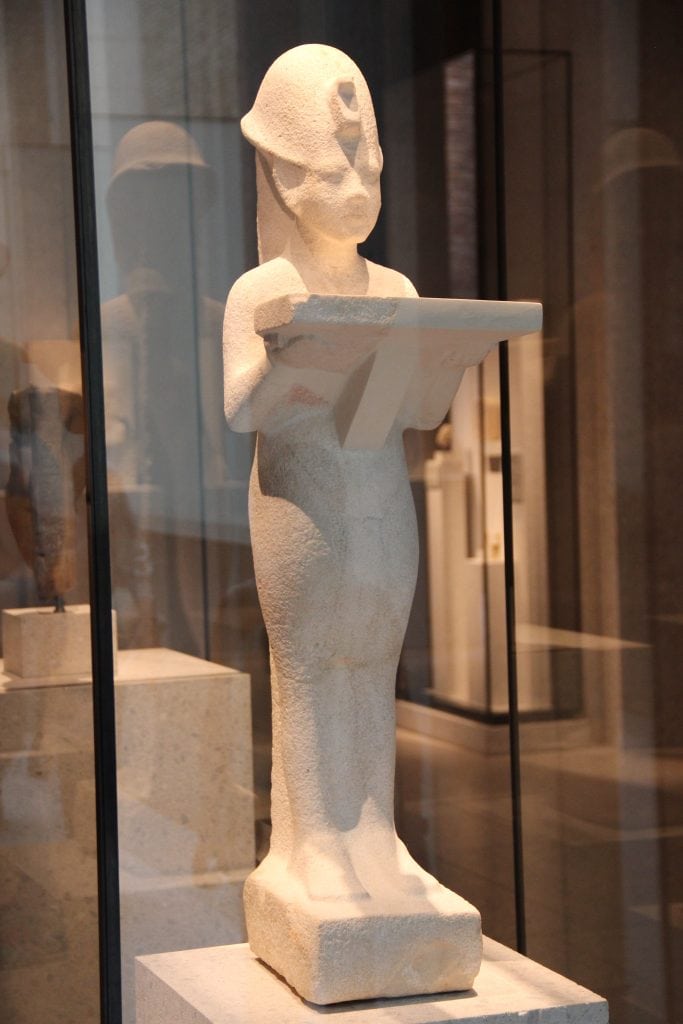Ancient Egypt Technology: Is it a Glitch in The Matrix?
Egypt is full of mysteries. The Egyptian Oracle, Serapeum Boxes, The elongated heads of Akhenaten’s family, The Stone carved artifacts in Saqqara Tunnels, and many more.
What are we looking at? Is this the work of Ancient Egyptians with wooden, stone, bronze or copper tools? These findings look out of place or out of time when put in the context of that time. But are they? Some people claim that we live in a simulated reality, and this is just a glitch in the software. Well, let’s have a closer look.
The Egyptian Oracle
An Oracle is a place or person where a god speaks or communicates messages. The concept goes way back before The Oracle from The Matrix movie. The medium or priest acting as the Oracle can give an answer to a question or a request. The Oracle of Delphi was established in Greece in the 8th century BC.
The Egyptian Oracle in Siwa Oasis was a famous temple of high religious importance in the Ancient World. It was located at the Siwa Oasis, and we can see the remains of it today. It may have been built between the 6th and 8th century BC, but it may be older. Some say there was an older temple built thousands of years ago.
Herodotus, the ancient Greek historian, mentioned that the Oracle took the image of a ram. The Oracle in the ancient world was believed to be a deity that could be asked about the future or any other important decision or matter. It was expected to actually respond by showing a sign or by speaking.

In 524 BCE, The Persians conquered Egypt led by Cambyses the second, who invaded Egypt and then decided to send an army of 50,000 men to destroy the Oracle of Siwa. The army went through the desert to fulfill its goal, but it just disappeared in the desert. This army has never been found again until today.
In 332 BCE, Alexander the Great defeated the Persians and expelled them from Egypt. He then consulted the famous oracle of Amun-Ra at the Siwa Oasis.
He was lost in the desert with his soldiers. The legend says that crows appeared in the desert and led Alexander the Great and his soldiers to Siwa Oasis. The Oracle was a place to worship Ammon, the Egyptian God. The Greeks equated Ammon to Zeus, so they called the Oracle Ammon-Zeus. The Oracle eventually pronounced Alexander to be the son of the deity Amon. The Priest of the Oracle told Alexander that he would conquer the world and that the Oracle pronounced him as the son of Ammon-Zeus.
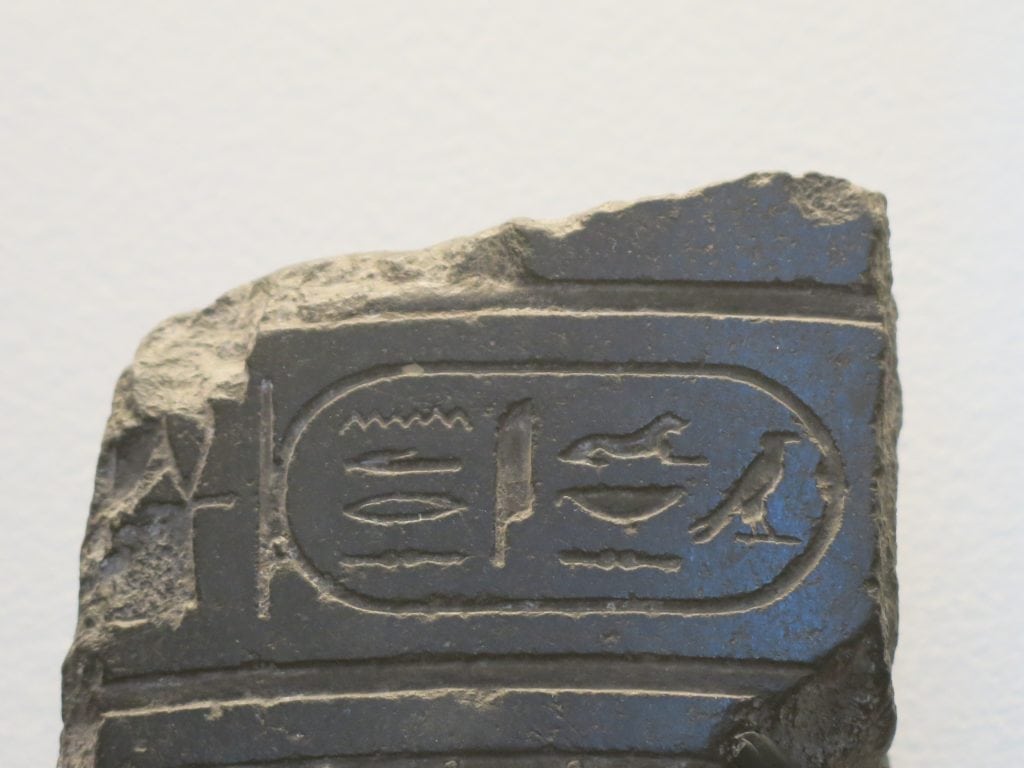
After the Oracle visit, he referred to himself as the son of Zeus-Ammon. From that day on, he became a legitimate Pharaoh of Egypt who liberated Egypt from the oppressing Persians. He was depicted in paintings and coins with ram horns to affirm his divinity. He went on to conquer the rest of the world. He reached as far as India. He wanted to keep going, but his soldiers were too exhausted, so he started his journey back home.
Alexander died on the way to Iraq. His body was submerged in honey and transported in a sarcophagus made of gold. His successor in Egypt, Ptolemy, seized the body and took it to Egypt. He was eventually buried in the city he built in Egypt: Alexandria.
So, eventually, he was buried as an Egyptian Pharaoh. The Oracle declined after the fall of Egypt to the Roman and the End of Pharaonic Egypt, gradually becoming ruins that can still be seen today.
The Serapeum Boxes
With their lids on, these boxes weigh up to 70 tonnes or about 155,000 pounds. They were assumed to be burial sarcophagi for the Bull of APIS that Ancient Egyptians worshiped. The APIS bull became Osiris-Apis after death.

Underground tunnels known as Lesser Vaults are attributed to Ramses the second and his son Khaemweset. Ramses ordered the building of the chambers and placement of the sarcophagi to bury the sacred bulls.
Another set of tunnels known as Greater Vaults is attributed to Pharaoh Psamtik the first. Egyptian kings kept adding and expanding the tunnels.
However, when Auguste Mariette discovered the Serapeum in 1850 and uncovered the Greater Vaults, he found all the lids removed except one that was intact. He used dynamite or gunpowder to make an opening in the vast stone box. To his surprise, he found nothing inside. Was this location found by ancient Egyptians and repurposed for the burial of the Apis Bull? The material used to make the sarcophagi in the Greater Vault is Granite, basalt, or diorite, even with the technology that we have today.

Today, only diamonds can practically be used to cut these types of stones. These are the toughest and heaviest materials to work with. Also, the accuracy and placement of these boxes are puzzles until today.
The placement of these boxes in the narrow tunnels and installing them in the chambers seem impossible for the number of men who can fit inside the tunnel simultaneously. Did the Egyptians have a technology that we are not aware of? Were these boxes built and placed in a time way before Psamtik the First and Ramses the second?

The inscriptions on some of the boxes are poorly done. These writings do not live up to the boxes’ accuracy or quality. It seems like those kings just claimed the boxes for themselves.
The boxes are made from one solid block of stone. The type of stone used is rose granite which is very hard to work on, and in some cases, they are made of diorite, which is even more challenging. The boxes are done with great precision. The angles are perfect 90 degrees, and the dimensions and internal sides are perfectly cut and perfectly parallel. It is extremely hard to imagine how this was done on these tough stones with the available tools at the time.
What are these boxes? Who made them? What kind of technology or capacity did they have?
The Royal family with Elongated Heads
As a younger son of Amenhotep III and Queen Tiye, Amenhotep IV, who lived between 1351and 1334 BC, was not originally the crown prince. The crown prince was his brother Thutmose. After the early death of Thutmose, Amenhotep IV became the crown prince.
In his early depictions, prince Amenhotep IV looked more like his father, brothers, and other traditional Pharaohs. Even in his early years as king, he followed his father’s steps and worshipped the same gods.
But, around 3 years after becoming a king, everything changed suddenly. He stopped worshipping the traditional gods of Egypt. He started worshipping what is interpreted as Aten or the Sun God. He suddenly started looking different in his depictions on walls and statues. He and his family suddenly became an anomaly when compared to all other Pharaohs. They had elongated skulls and abnormally shaped bodies.

He started calling for a monotheistic religion. He even built a new capital for Egypt to be the center of the new religion and away from Thebes, which was the center of other Egyptian gods. He was not interested in the conquest of other lands or in wars at all. He became this mystic being looking up to the sky to worship the one god and inviting everyone to do the same.
And as he came as an anomaly in ancient Egyptian history, he left, and Egyptians just went back to worshiping their traditional gods, including his son Tutankhaten. Tutankhaten means the Living image of Aten, but his name changed to Tutankhamen, meaning “Living image of Amon’’.
Why did Akhenaten suddenly look so different from everyone else, including himself, at a younger age? Some Egyptologists refer to this change as a new ‘artistic’ perspective, but why would that perspective give the whole family elongated heads and weirdly looking shapes?
Why did he come up with a whole new religion? Why did he put down all other gods, including Amon, who have been the core of Egyptian beliefs for thousands of years? Were Egyptians and humanity being guided to think differently? By Whom?
Why don’t we see other Pharaohs or Egyptian royal families with these elongated skulls? Some wild theories attribute these strange features to Akhenaten being an alien or a hybrid alien. If you wanted to rule planet Earth at that time and pretend to be a human king, what country better than Egypt would you choose?
This theory is relatively crazy and without evidence, but the strange bodily characteristics and the unique approach to ruling one of the greatest human civilizations on earth at that time raise many questions and speculations.

Several claims have been made about aliens helping humans build large ancient structures like the Moai of Easter Island, Stonehenge, the Giza Pyramids, the Nazca Lines, and others, but an alien king? This is a different case, except for the claim of the alien Anunnaki race being the Gods of Ancient Sumer. What is unique in the case of Akhenaten is that we have mummies and clear evidence of his existence. Some facts remain: Akhenaten left a legacy of introducing monotheistic religion, a new style of art, and a different way of life suddenly and out of nowhere.
The Predynastic Marvels
Dynastic Ancient Egypt goes back more than 5000 years since King Narmer unified lower and upper Egypt. Ancient Egypt had 31 dynasties between 1900 BC and 30 BC. But there is an older Egypt that goes back about 8000 years or more. This is Predynastic Egypt.
Predynastic Egypt is a mysterious era in Egyptian history. New discoveries are revealing more information about it every year. Egyptian civilization evolves during this period, and we can see many of the tools and artifacts of this period that reflect the evolution of civilization on the banks of the Nile River. Some findings go back to around 100,000 years, like the discoveries in Wadi Halfa, south of Egypt and in Sudan. Other tools were found to go back 700,000 years.
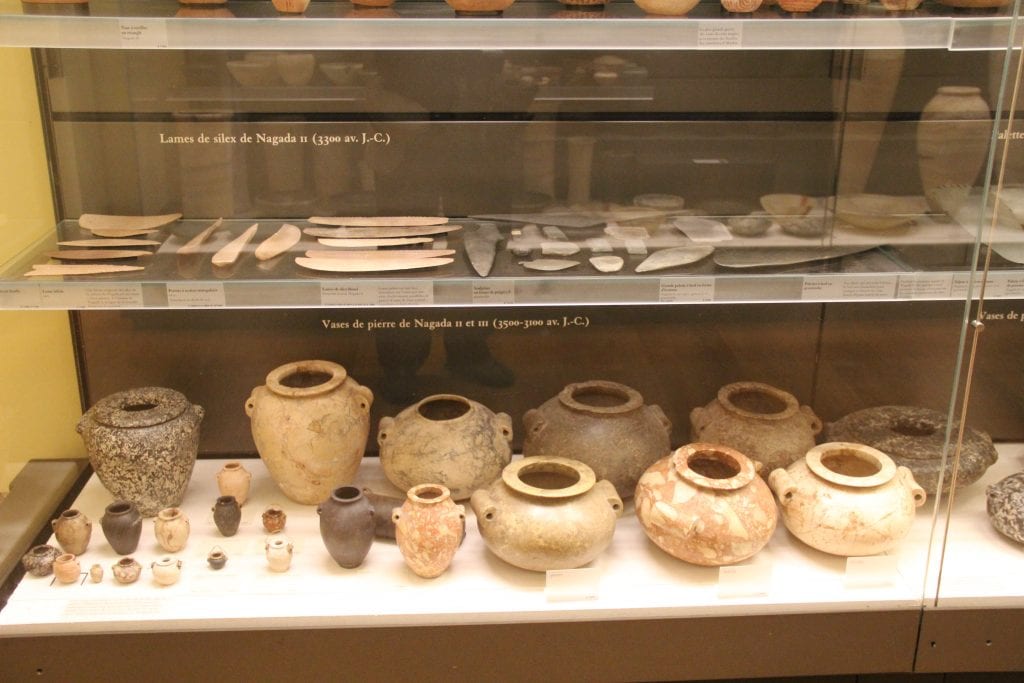
Most of the findings are in southern Egypt due to the nature of climate and soil that help preserve these ancient artifacts. It is more difficult to find similar artifacts in the Delta and northern parts of Egypt due to the depositing of silt from the Nile River that buried and maybe damaged remains and artifacts.
However, what is more puzzling about this period is the discovery of stone works so accurately and elegantly made that it is difficult to believe it was made by people who had stone age technology. We can see how difficult it is to cut a block of hard stone to the shape and curvature that we find in these artifacts. The relatively thin edges and machine-like finishing are different in quality and making from other artifacts we can see from the same period. These other artifacts look more fitting to the period and tools that were available.
But, if they did not make these stone artifacts, who did? Did they inherit it from an earlier lost civilization? Or did they have more skills than we give them credit for.
The Schist Disc is another discovery that looks to be part of a more complex tool or machine. It is made with thin round edges that look difficult to make even by today’s standards. It is made from schist, a metamorphic siltstone, a very fragile material to work with. It is carved from a single block of stone. What was this used for or part of? Who made it? Many people suggested different ideas for the possible use of this disc, like a mixing tool for mixing grains, a tool used during large gatherings, an incense holder, or a lotus flower shape vase. None of these suggestions make a lot of sense. This is a complex piece to make, and no one knows what it was used for until today.
Why was it made in early dynastic or even in predynastic times? Why don’t we see similar advanced items thousands of years later when logically, technology should have evolved, and people accumulated more knowledge? This is an example from a time we don’t know much about. At least not yet.
Did we find a bug in our simulated reality?
Some people believe the world we live in is a simulation run by someone. This is becoming a strong belief by many, including well-known businessmen and visionaries like Elon Musk and acclaimed scientists and philosophers like Neil deGrasse Tyson or Nick Bostrom. Are we in an actual reality or advanced Artificial Intelligence characters in a software simulation? Are we finding ancient artifacts that do not fit the historical context because they are put there by mistake?
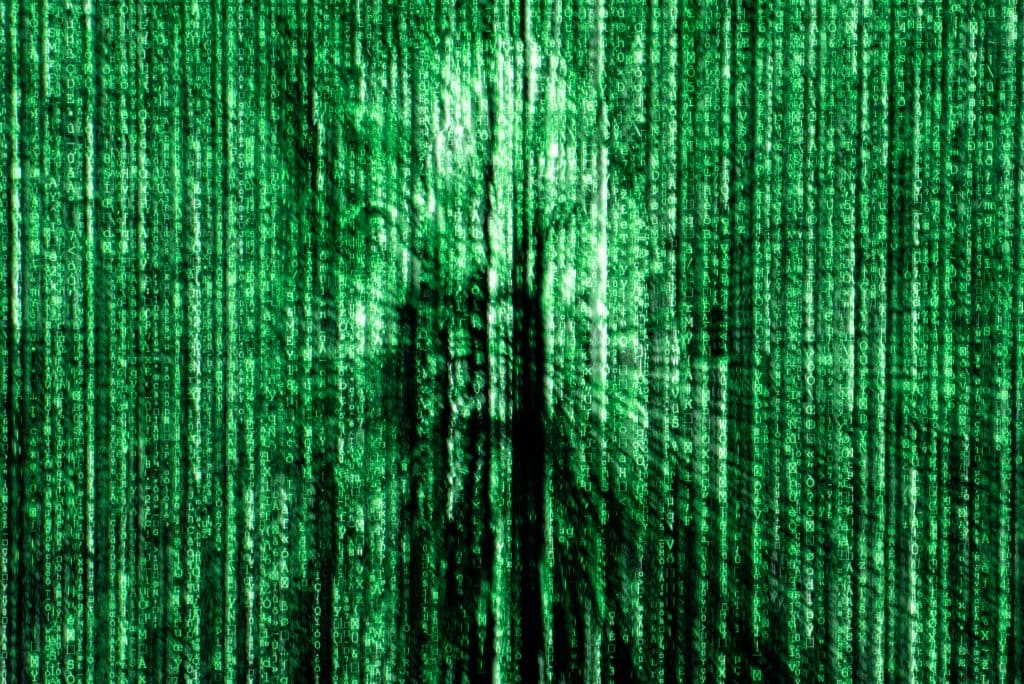
But why wouldn’t the simulation admin correct these errors and erase them from our memory if this is the case? Or is it left there intentionally to get us thinking? Is this a message sent to us by someone planting historical anomalies to draw our attention?
Is it possible that this history did not happen at all, and it is all part of the simulated reality injected into our minds so we can have a logical connection to our past and where we came from? But once we look closely at the details of this ‘fake’ history, we discover that the findings do not add up.
The Philosopher Nick Bostrom examined the probability of our reality being a simulation. Bostrom assumes that if humans do not destroy themselves and are not destroyed by other means, they will eventually develop advanced simulation technology. Bostrom argues it is then not totally impossible that we may already be in a simulation created by someone else.
How can we tell if this is a simulated reality? Maybe by paying attention to the imperfections in our environment, which can be the only hint that this is a simulated reality. The deeper we investigate physics and the deeper we investigate the history, we keep discovering these subtle imperfections.
In physics, some scientists are investigating the idea of a pixilated universe. Rana Adhikari, a professor of physics at Caltech and others, thinks the space we live in may not be perfectly smooth but instead made of incredibly small discrete units. This is a prediction of Quantum gravity. Is our history another pixilated feature of our reality where the closer we study it, the fuzzier it gets?
Until now, no one can clearly understand or identify what consciousness is. Many people believe that it is separate from the physical body and brain; therefore, it is possible for someone to come back to life or be resurrected after death.
This is what ancient Egyptians believed in. They had the concept of vital essence or the Ka. The Ka leaves the body after death. The person’s attributes or personality is called Ba. If after death, the Ka is united with the Ba to create after death entity of the person. They strongly believed that the soul or the consciousness does not end by death. It is somewhere in the system and can be restored someday to the preserved or mummified body.
Today, we are still struggling to understand consciousness. It is an essential part of understanding our reality. Studying our history carefully and with an open mind can help us unravel new knowledge that may be otherwise difficult to acquire if we maintain a traditional look at the unexplained mysteries of ancient history.
Whether it is a lost advanced civilization, aliens helping our ancestors, or our reality is a simulation, we do not have enough proof to consider these theories to be more than crazy ideas. But it is motivated by bizarre and mysterious findings. It could be just us underestimating the abilities of our ancestors.
However, we should not become obsessed with these ideas without any solid evidence or proof, but at the same time, we should not close our minds to unexpected possibilities. If we have unexplained discoveries, hints, or suspicion that something does not add up, then Let us keep digging to learn more about our reality.


